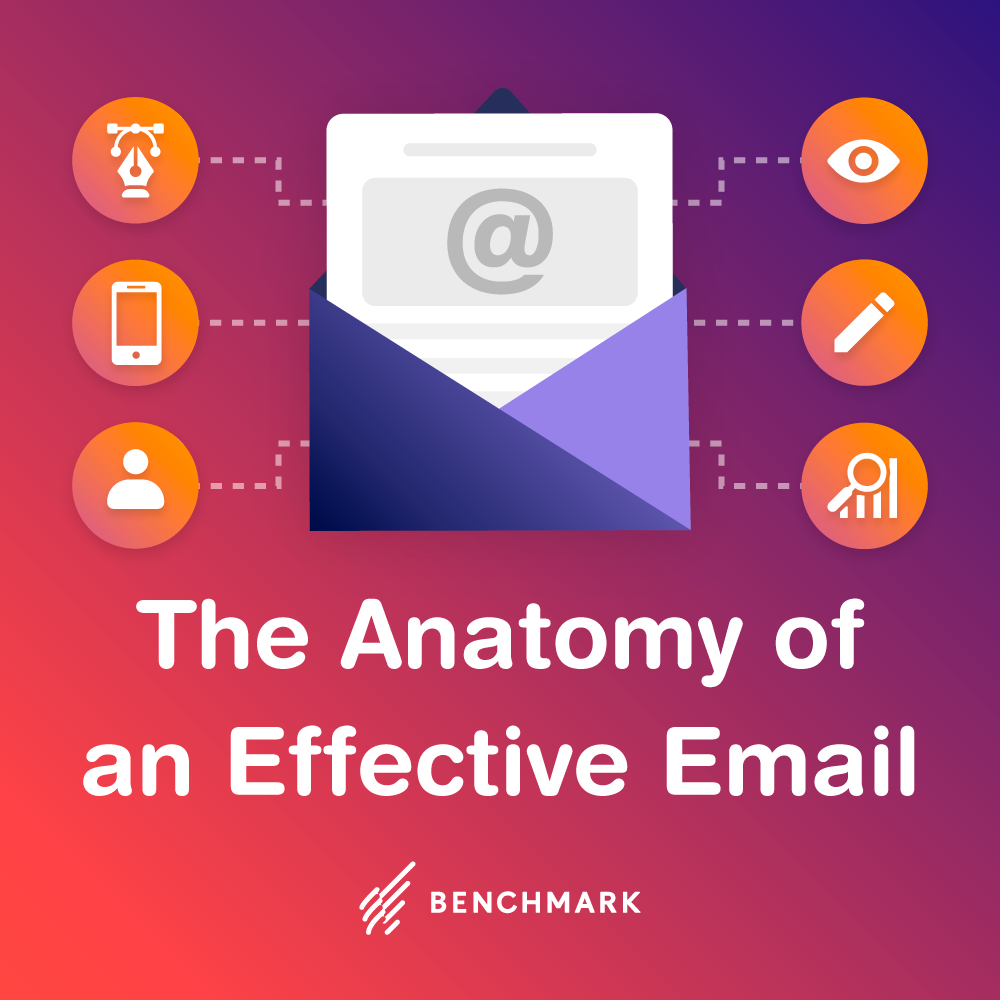

As a recent article from Fast Company called Ramping Up the Emotional Side of Marketing points out, “How do you measure a kiss? And how many kisses lead to a marriage? … Those instantaneous, irreplaceable moments when an authentic connection occurs, the one that grows an already deepening relationship …” – these are the real metrics for success, no matter what you’re marketing and how. And it’s as true for digital advertising as for traditional print and broadcast media.
Innovative businesses get it: consumers are best reached when incited to emotional involvement. Look at then-Senator Barack Obama’s 2008 Change campaign, which relied on grass roots rhetoric from the people, for the people and by the people to (dare we say) exploit the population’s gut desire to hope. The Christian Children’s Fund and animal rescue infomercials were exploiting our heartstrings long before the digital age, relying on basic imagery of the less fortunate and vulnerable to reach our consciences and pocketbooks. The new wave of marketing, tuckered out from talk of ROI, open rates and less-than-exact analytics, has added emotional involvement back into the advertorial mix. As it turns out, a little bit of authenticity still goes a long way.
A study out of the University of Minnesota on forecasting and backcasting emotions reveals that a person is more positively affected by an ad if it first invokes their feelings instead of leading with a selling point. According to their research, “a person who sees an ad for a Caribbean cruise in the dead of winter would expect to enjoy the trip more (and thus be more likely to make a purchase) if an advertiser’s copy read, ‘Winter getting you down? …Wouldn’t a sun-filled tropical vacation help? Book one today,'” than if the advertiser initiated the campaign with an immediate call to action. The study shows that people make many decisions based on their emotional investment in the outcome, and that by playing to consumers’ future goals and feelings, marketers can increase their influence and traction. In short, set the hard sell aside and go straight for the soft underbelly of consumer motivation.
So how can marketers gain more traction with consumers’ feelings? Start with the five main emotional factors that should be taken into consideration: fear, guilt, greed, pride and love. Engage these emotions through stories, videos, imagery, testimonials with current happy clients or someone within the company; speak from the heart in your copy, cold calls and customer service; help build your business around a genuine connection with your clients. However, bear in mind that it’s very important never to sacrifice realistic attitudes and authenticity for emotional appeal. The other edge of the sword when you’re playing to human emotion is that you open your business up to instinct. The savvy consumer can smell a rat coming from a mile away.
If you’re still not sold, take it from the advertisers who do emotional marketing best: Hospitals. The New York Times documented a campaign for prostate cancer surgery at Mount Sinai Medical Center in Manhattan that seemed to rely more on emotional impact than factual assurance. Using superlative language like “highest cure rates” and “lowest risk of side effects,” the ad – like many cancer awareness ads – plays heavily on consumer fear of the disease. Vague and anecdotal evidence is acceptable for nonprofit medical centers, which are not held to the same statistical standards as medical science and research organizations, but the ad does imply that “choosing a particular hospital could be the deciding factor in whether a cancer patient lives of dies,” says Dr. H. Gilbert Welch, a medical professor at the Dartmouth Institute for Health Policy and Clinical practice. According to the federal government, this sort of advertising is legal. But therein lies the problem. The laws around emotional marketing may be black and white, but the ethics? Those are pretty gray.




